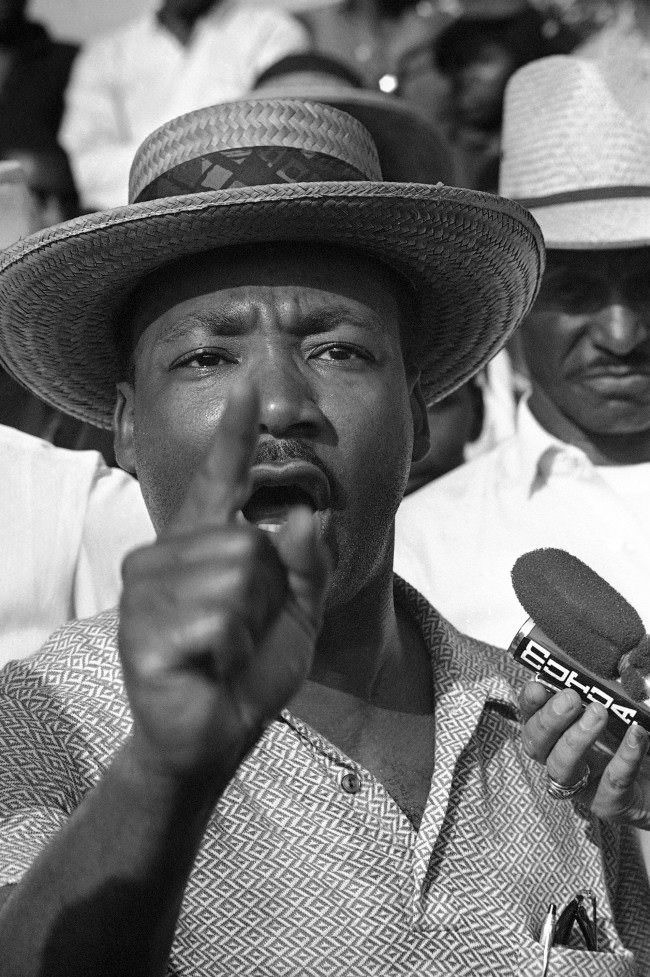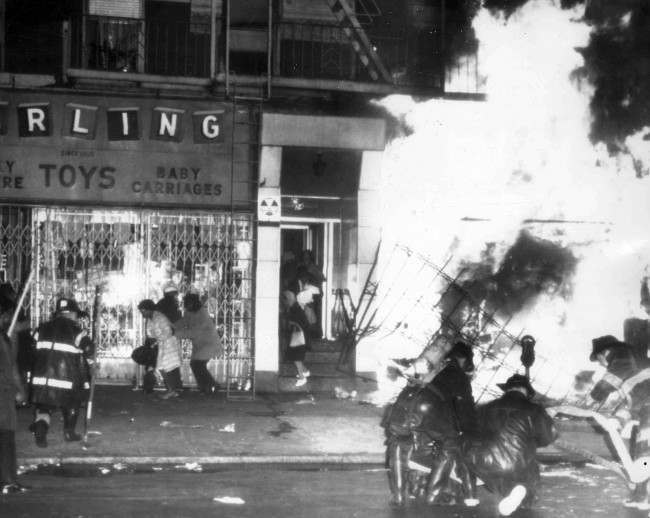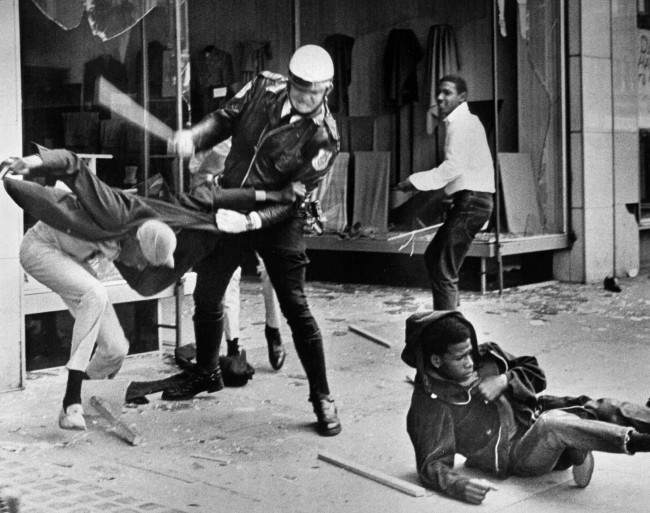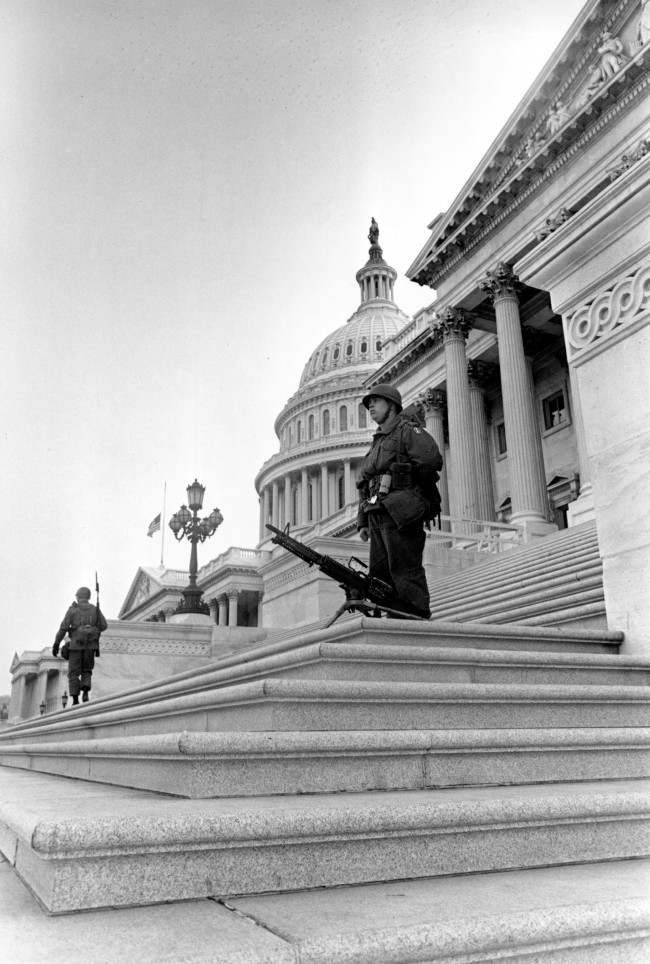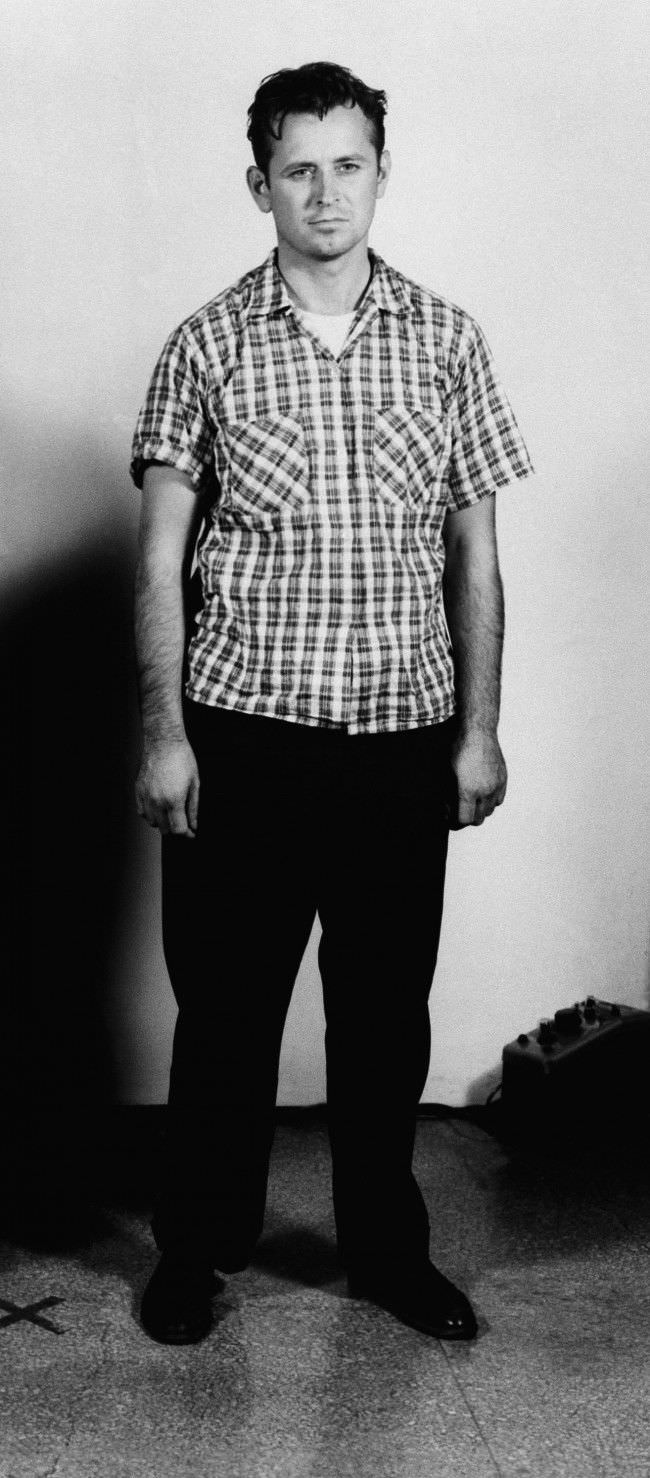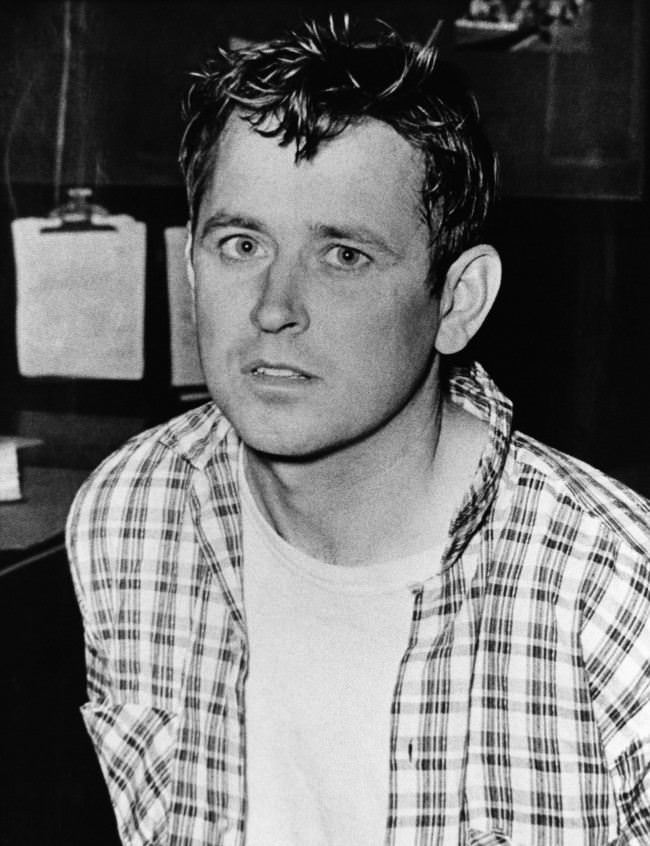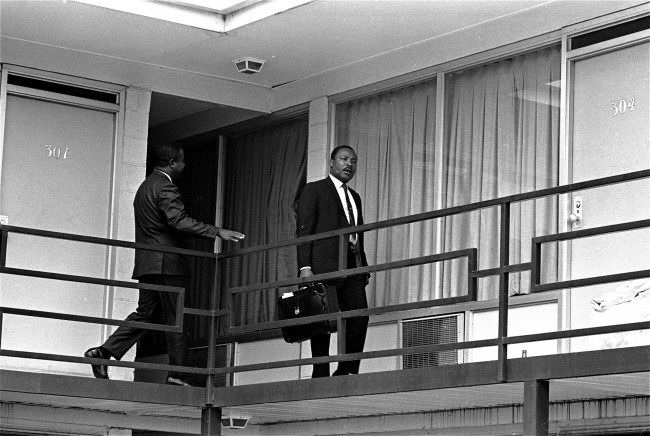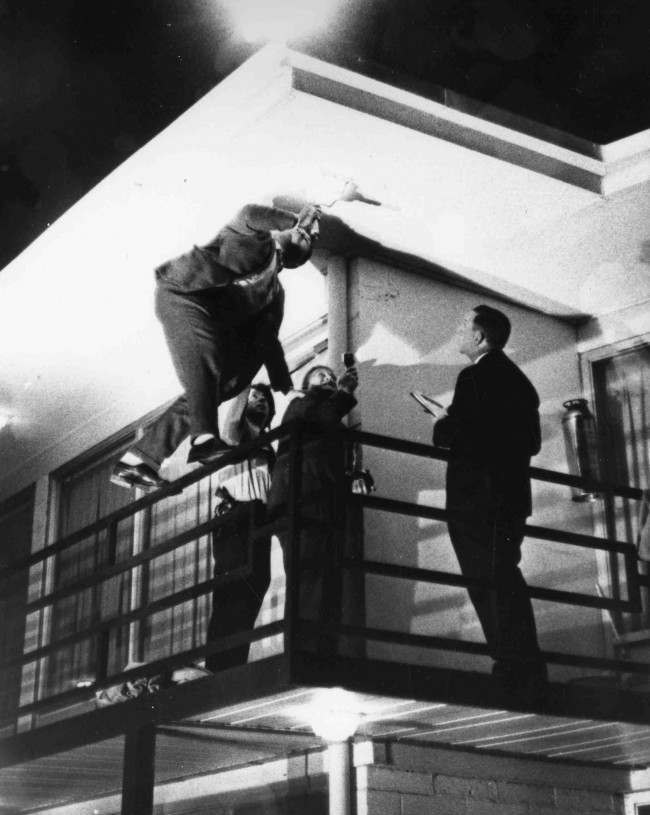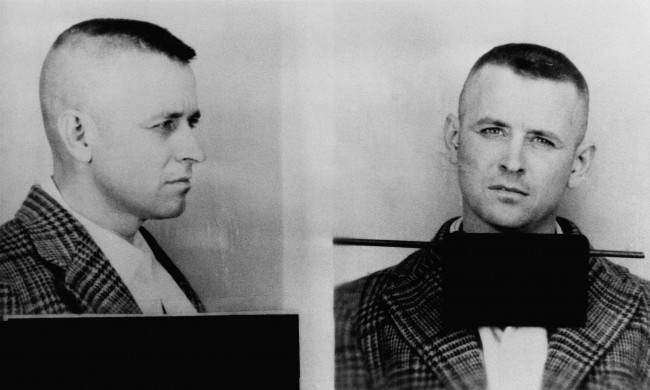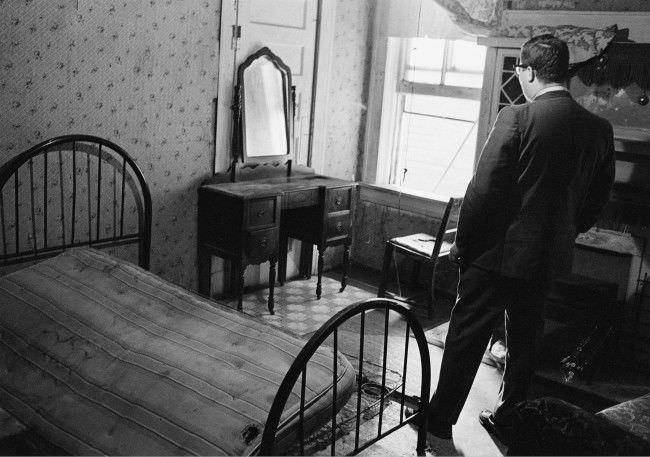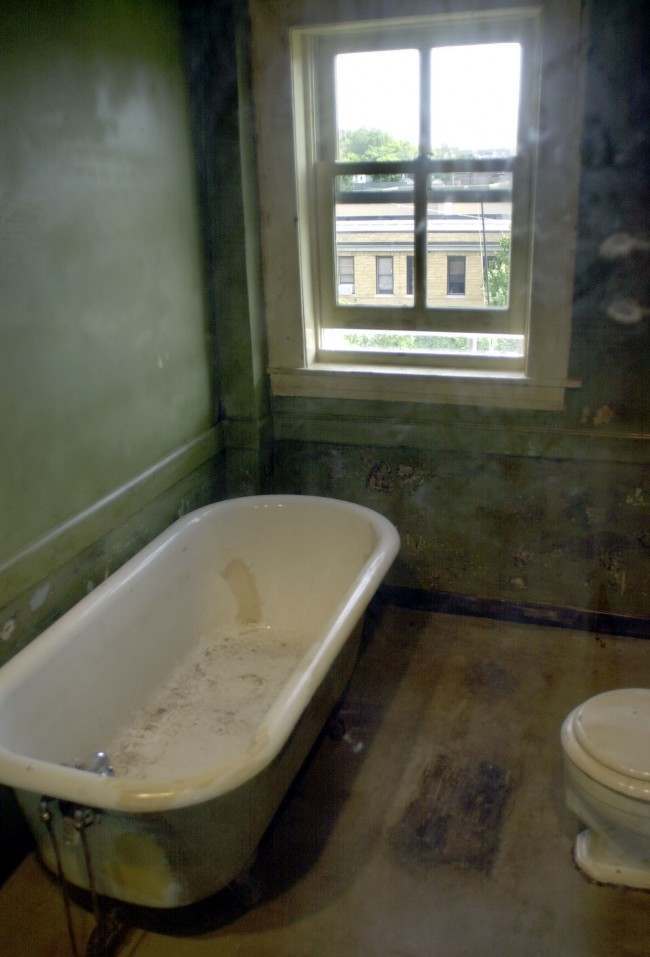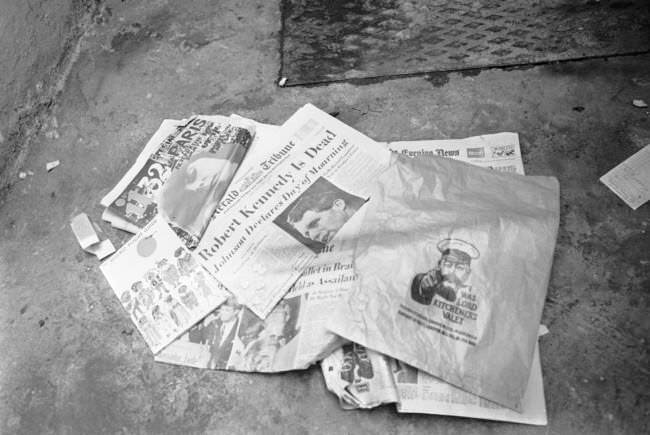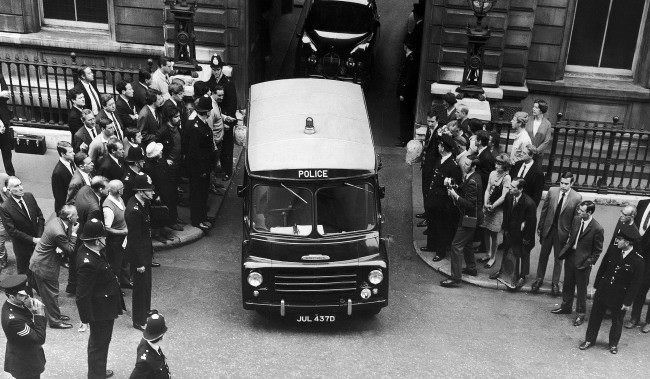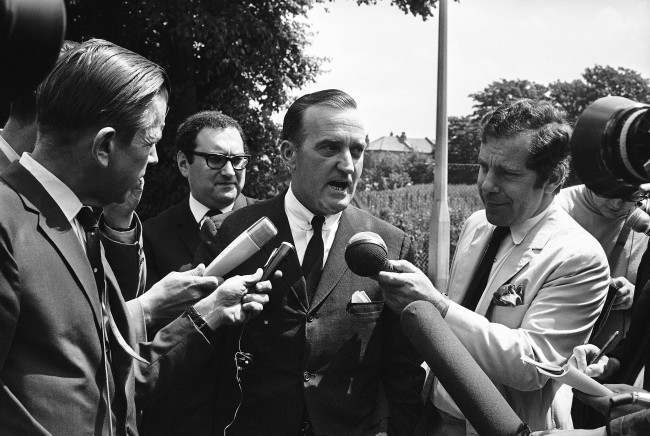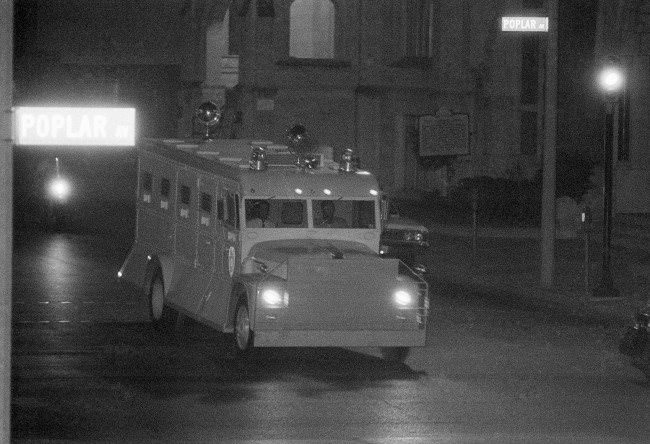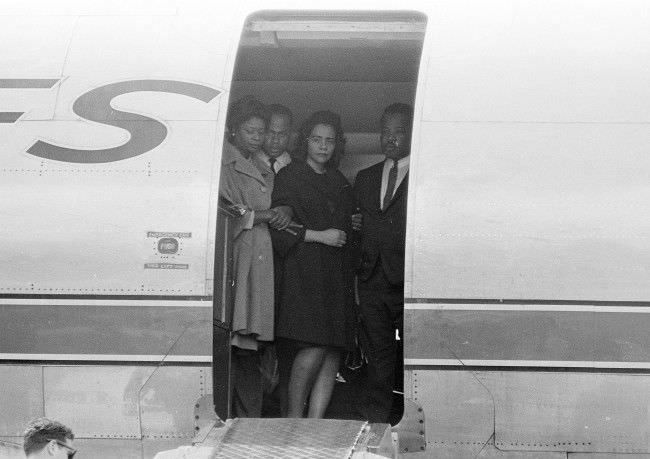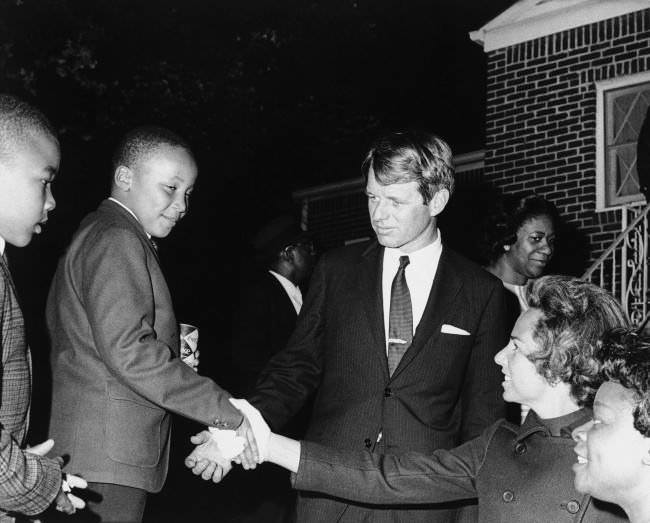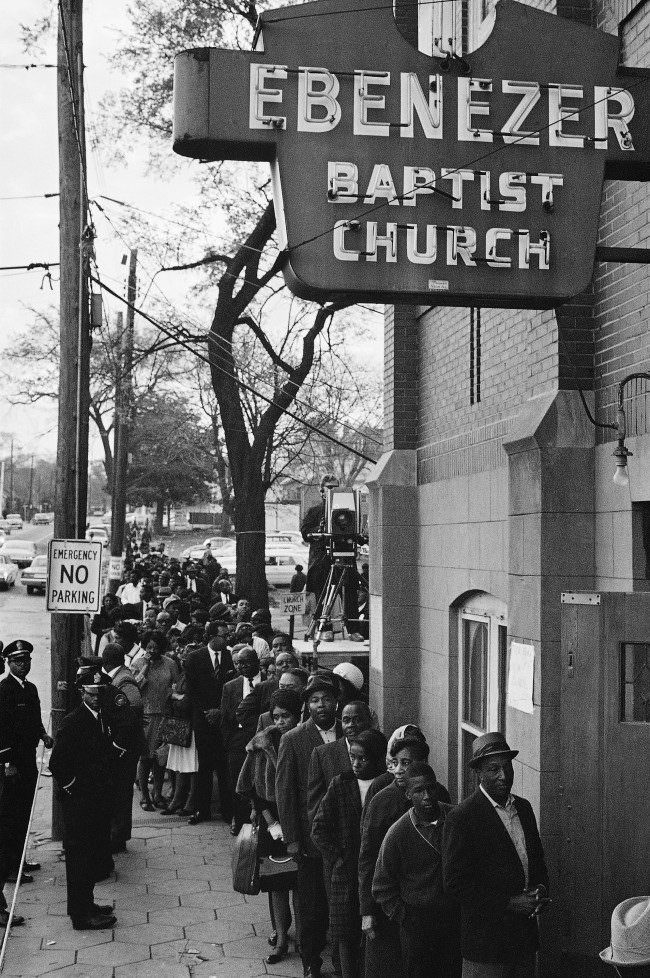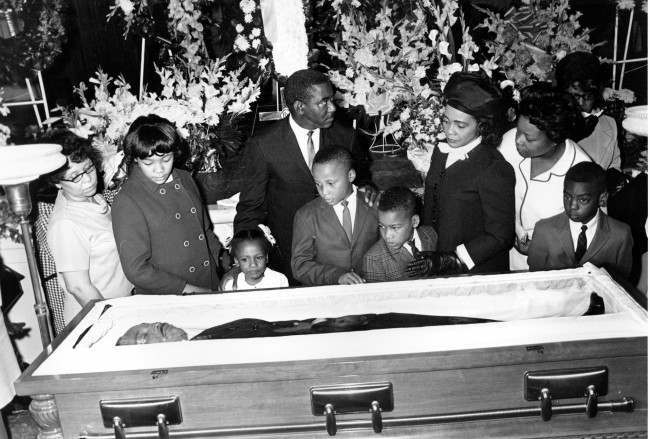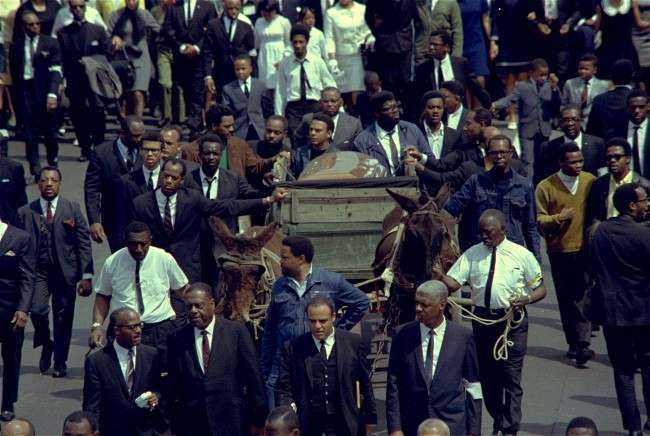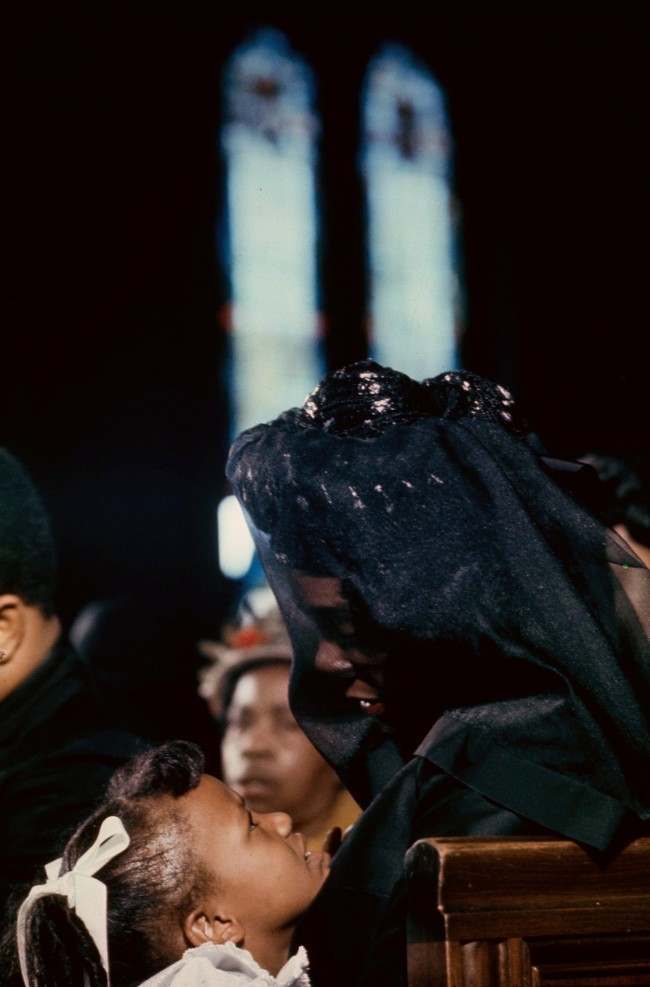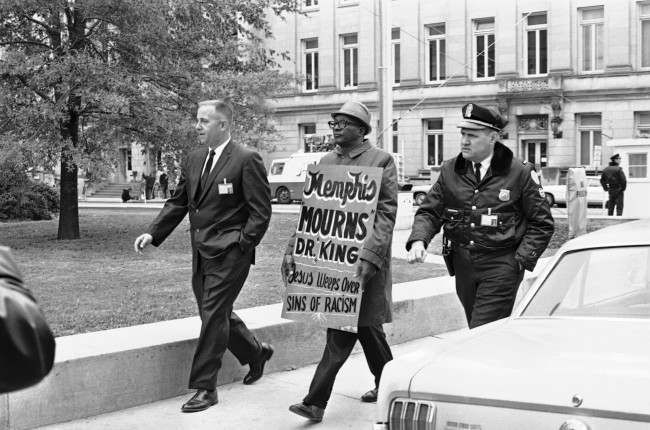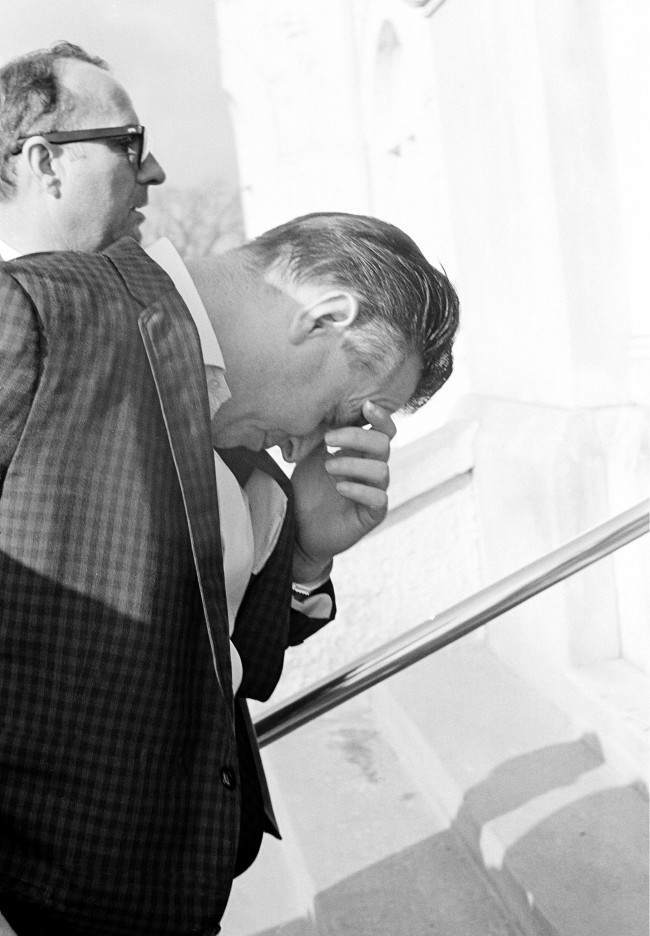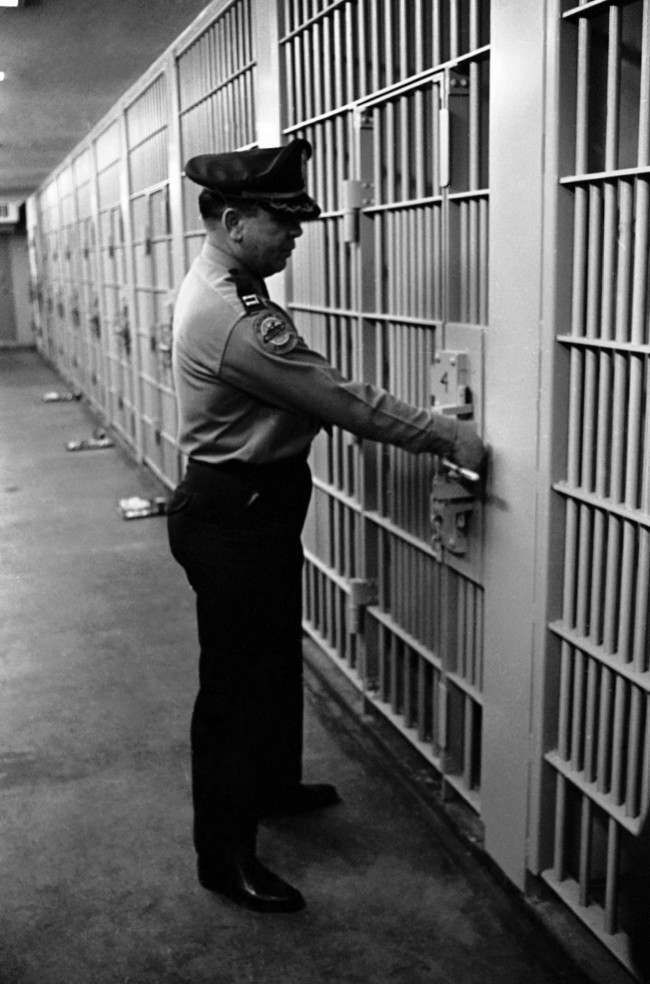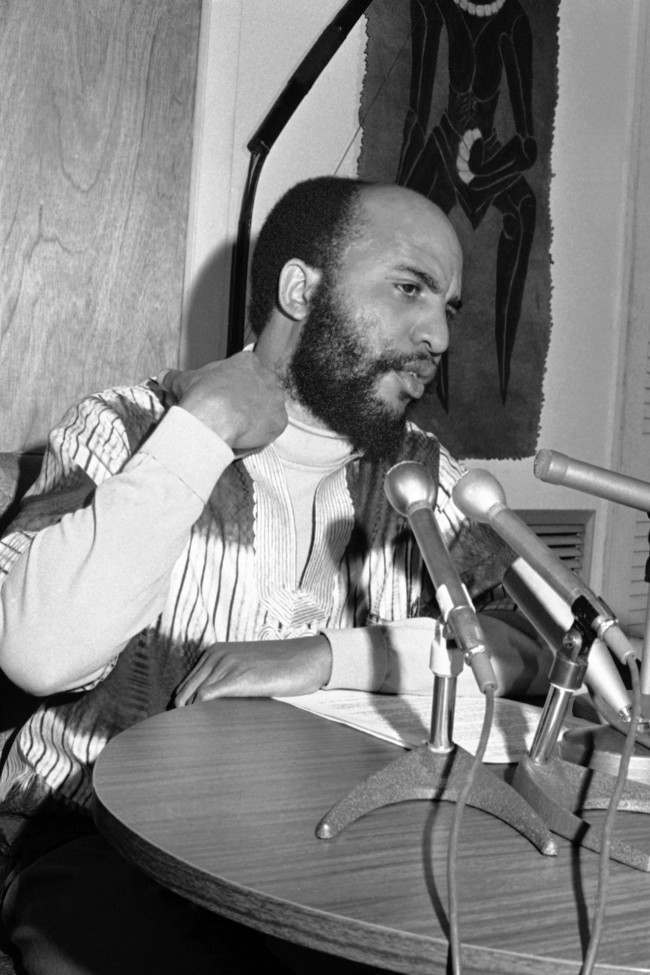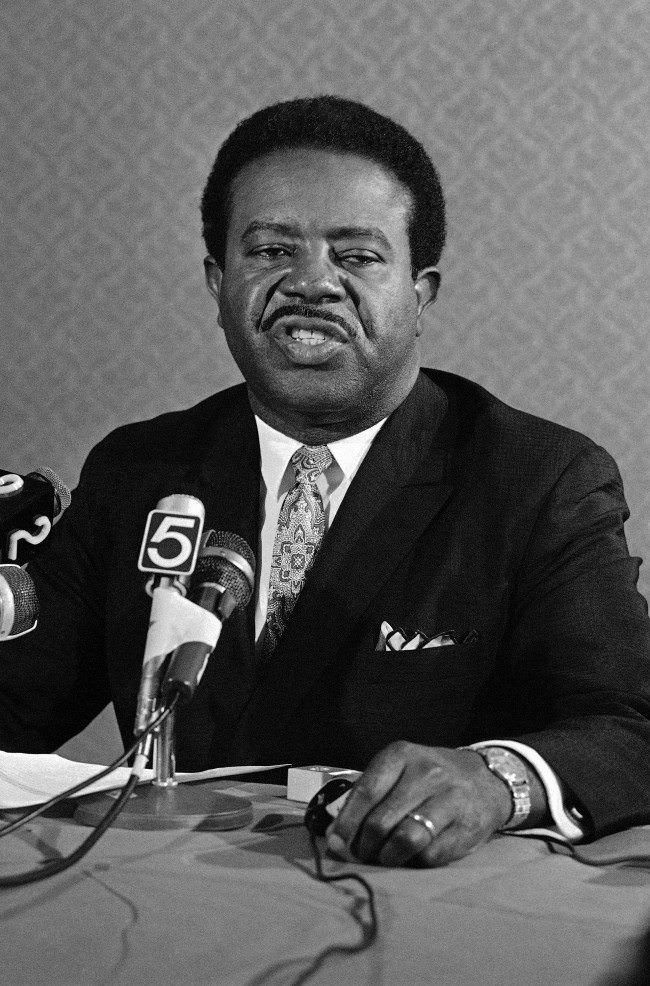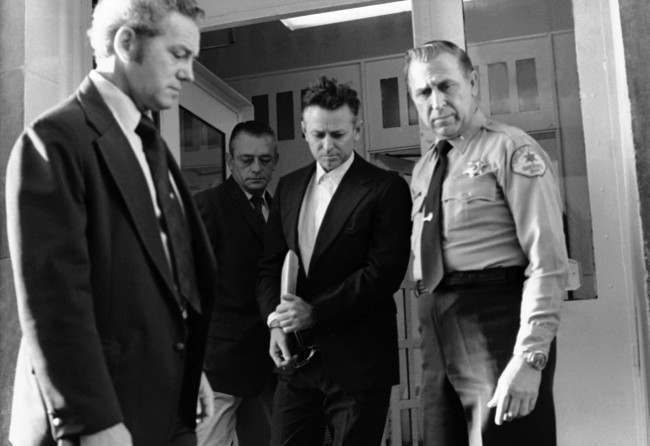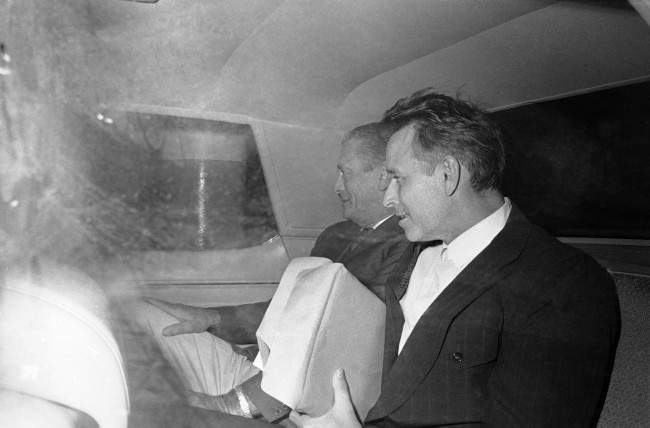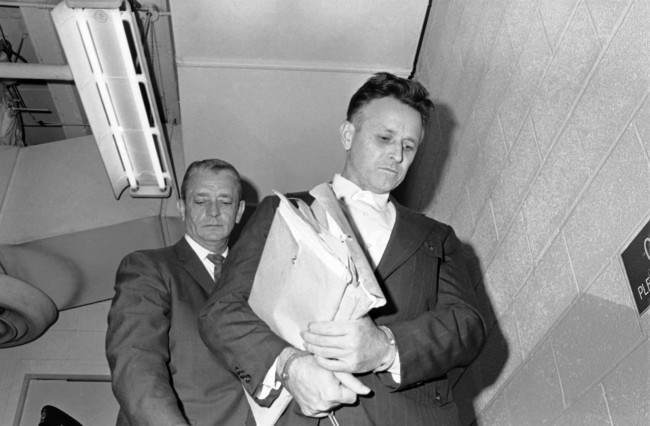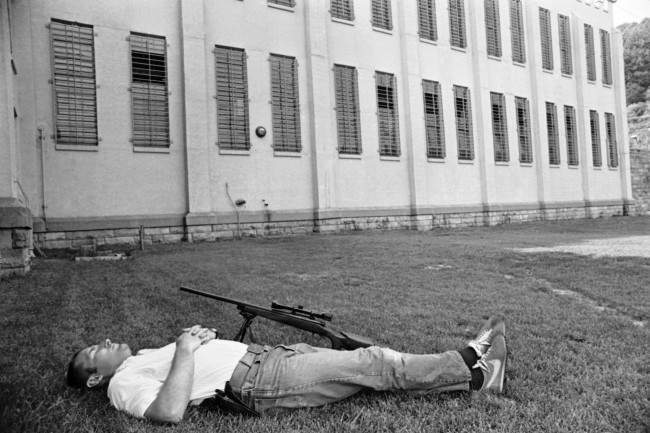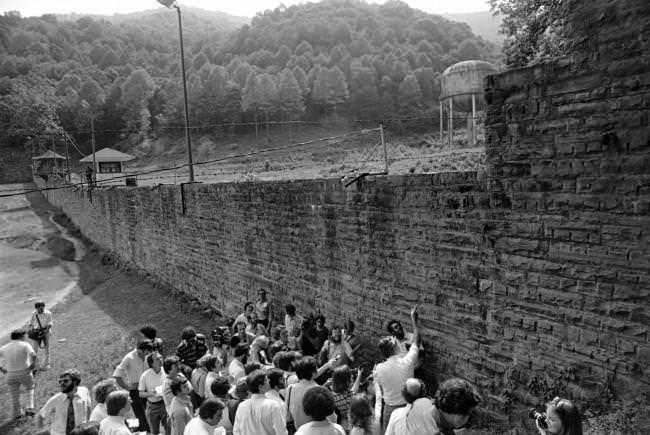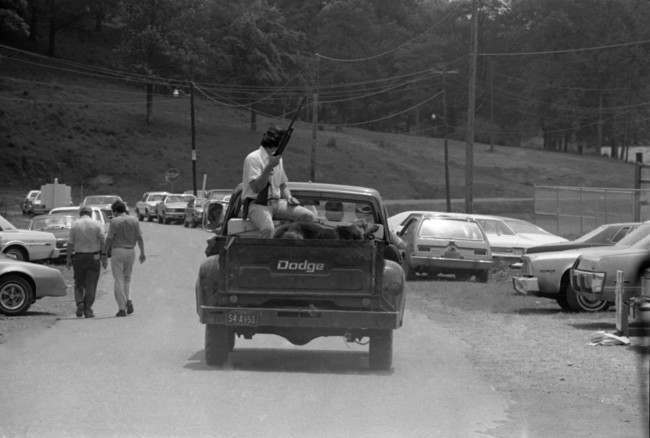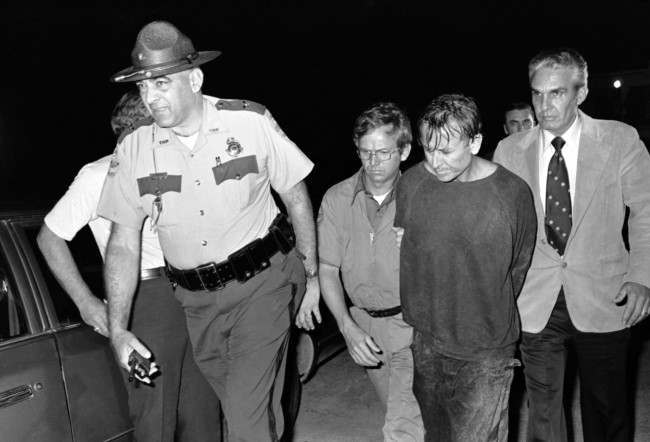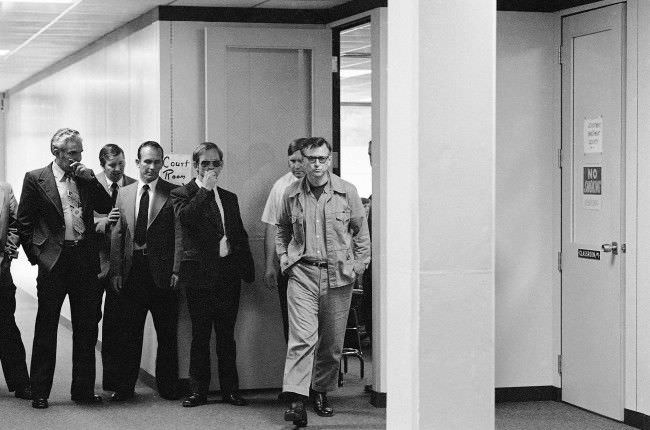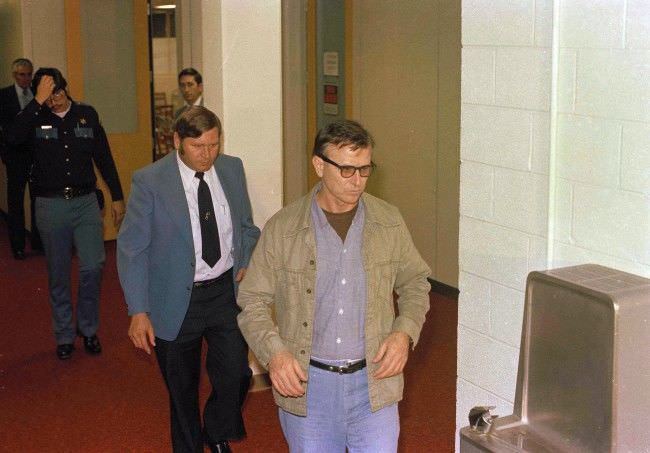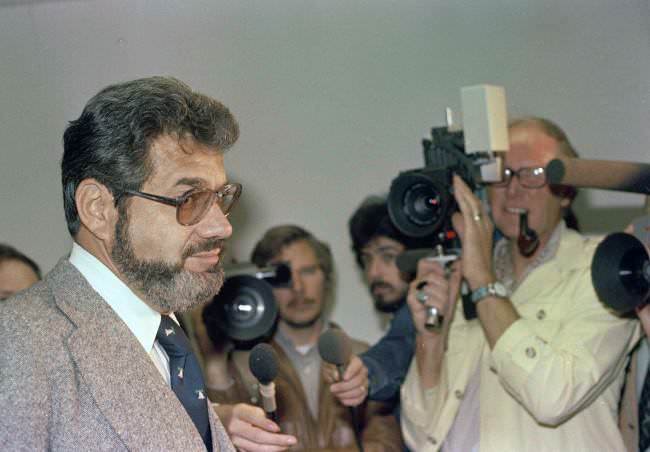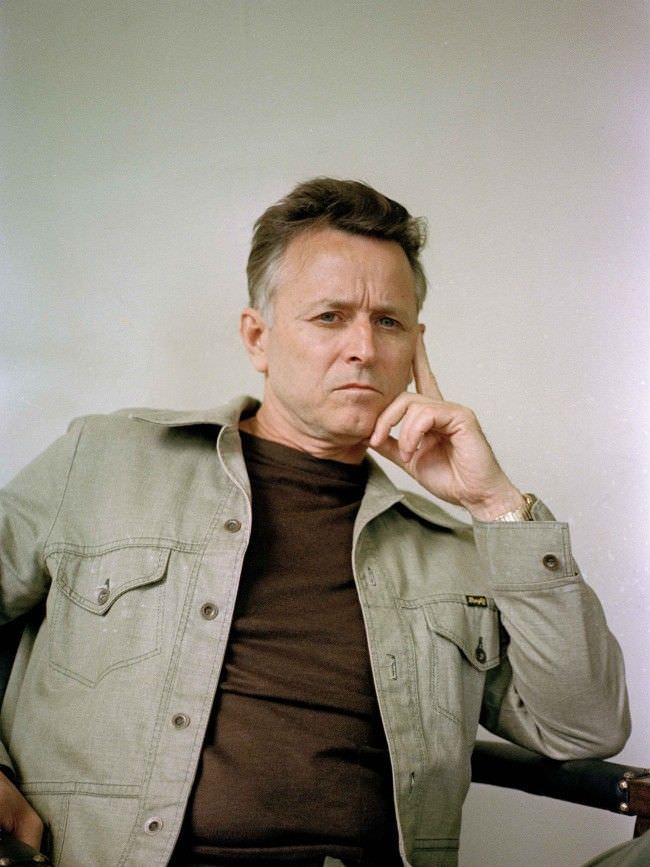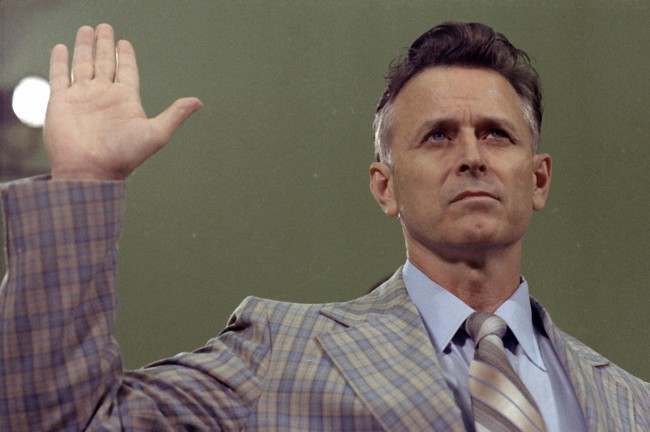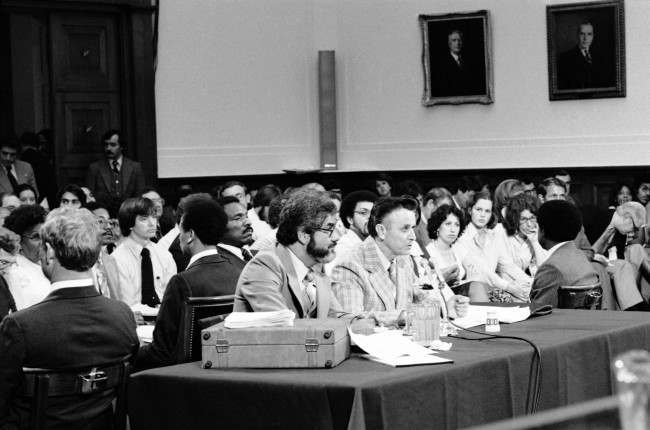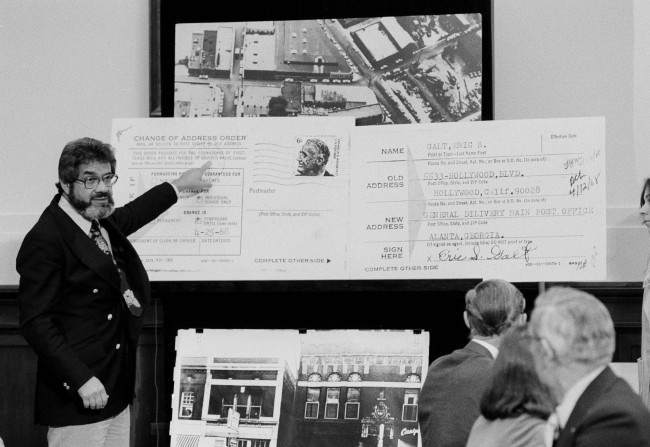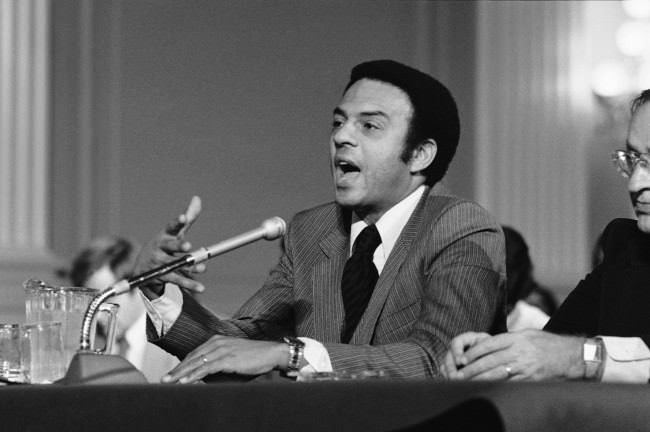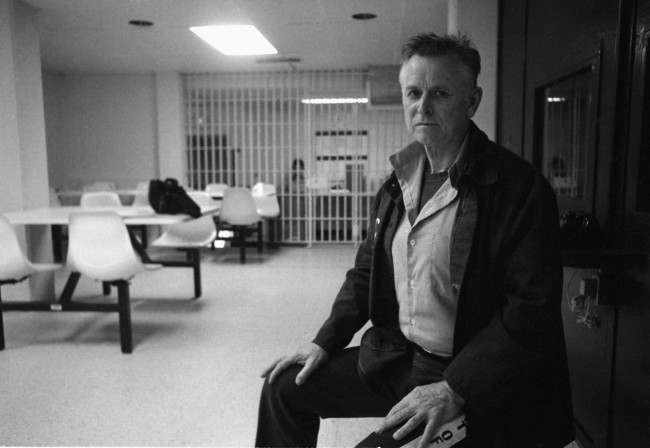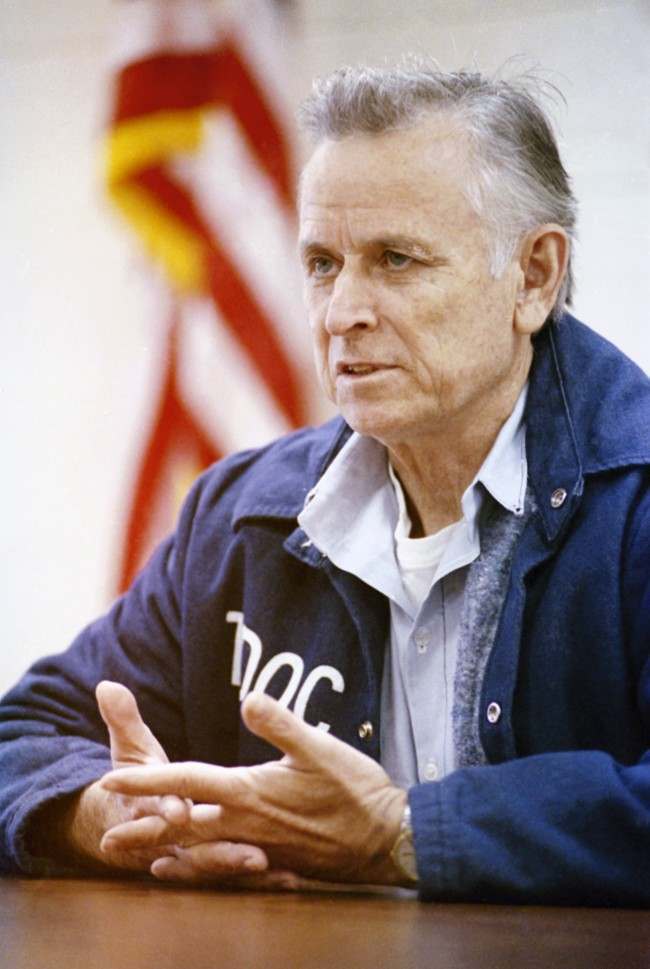On March 10, 1969, James Earl Ray was sentenced to 99 years in prison for the murder of Martin Luther King Jr. This event took place in a courtroom in Memphis, Tennessee. The decision came after Ray pleaded guilty to the crime, a move that allowed him to avoid the death penalty.
The Crime
James Earl Ray was a known criminal. He had a long history of breaking the law, including armed robbery. Before the assassination of Martin Luther King Jr., Ray had escaped from the Missouri State Penitentiary in April 1967. He was serving a 20-year sentence at the time. After his escape, Ray went on the run, moving from place to place, and eventually planning the assassination of King.
Martin Luther King Jr. was a civil rights leader who fought for the rights of African Americans. He believed in non-violent protest and delivered many powerful speeches. On April 4, 1968, King was in Memphis to support a strike by black sanitation workers. While standing on the balcony of the Lorraine Motel, he was shot and killed. The nation was shocked and saddened by his death.
After King’s assassination, a massive manhunt began to find the killer. Evidence quickly pointed to James Earl Ray. His fingerprints were found on the rifle that was used to kill King. Authorities launched a global search, and Ray was eventually captured in London, England, on June 8, 1968. He had been using a fake passport and was trying to flee to a different country.
Read more
The Courtroom
James Earl Ray’s trial took place in Memphis, Tennessee. The evidence against him was strong. His fingerprints on the rifle, eyewitness accounts, and other pieces of evidence made it clear that Ray was involved in the assassination. Faced with overwhelming proof, Ray decided to plead guilty. By doing so, he avoided the possibility of being sentenced to death by electric chair. Instead, he received a 99-year prison sentence.
Reaction to the Verdict
The sentencing of James Earl Ray did little to calm the anger and sadness felt by many people. Martin Luther King Jr.’s assassination had sparked riots and violence in many cities across the United States. People were outraged by the loss of a leader who had worked so hard for equality and justice.
Even after Ray’s conviction, there were many who believed that he was not the only person involved in the assassination. Some thought there was a larger conspiracy behind King’s death. Ray himself later claimed that he was just a scapegoat and that others were involved. However, these claims have never been proven, and Ray remained in prison until his death in 1998.
Life in Prison
James Earl Ray spent the rest of his life in prison. He tried several times to escape, but each attempt failed. Over the years, he continued to claim that he was innocent and that he had been set up. Despite these claims, the evidence against him remained strong. He was never able to convince the courts to grant him a new trial.
Ray’s life in prison was not easy. He faced many hardships and health problems. Despite his repeated claims of innocence, he remained behind bars for the rest of his life. His story is a reminder of the violent and turbulent times during the civil rights movement in the United States.
The trial and conviction of James Earl Ray were significant events in American history. They brought some closure to the case, but they also left many questions unanswered. The assassination of Martin Luther King Jr. remains a dark chapter in the history of the United States, and the story of James Earl Ray is a key part of that chapter.
Over the years, many theories have emerged about the true nature of Martin Luther King Jr.’s assassination. Some believe that there was a larger conspiracy involving government agencies or other powerful groups. These theories suggest that James Earl Ray was a pawn in a much bigger plan. Despite numerous investigations and hearings, no concrete evidence has ever been found to support these claims.
Ray himself fueled these theories by repeatedly stating that he was innocent. He claimed that he had been set up by a man named “Raoul,” who he said was the real mastermind behind the assassination. However, Ray’s story changed many times, and he was never able to provide solid proof of his innocence.


